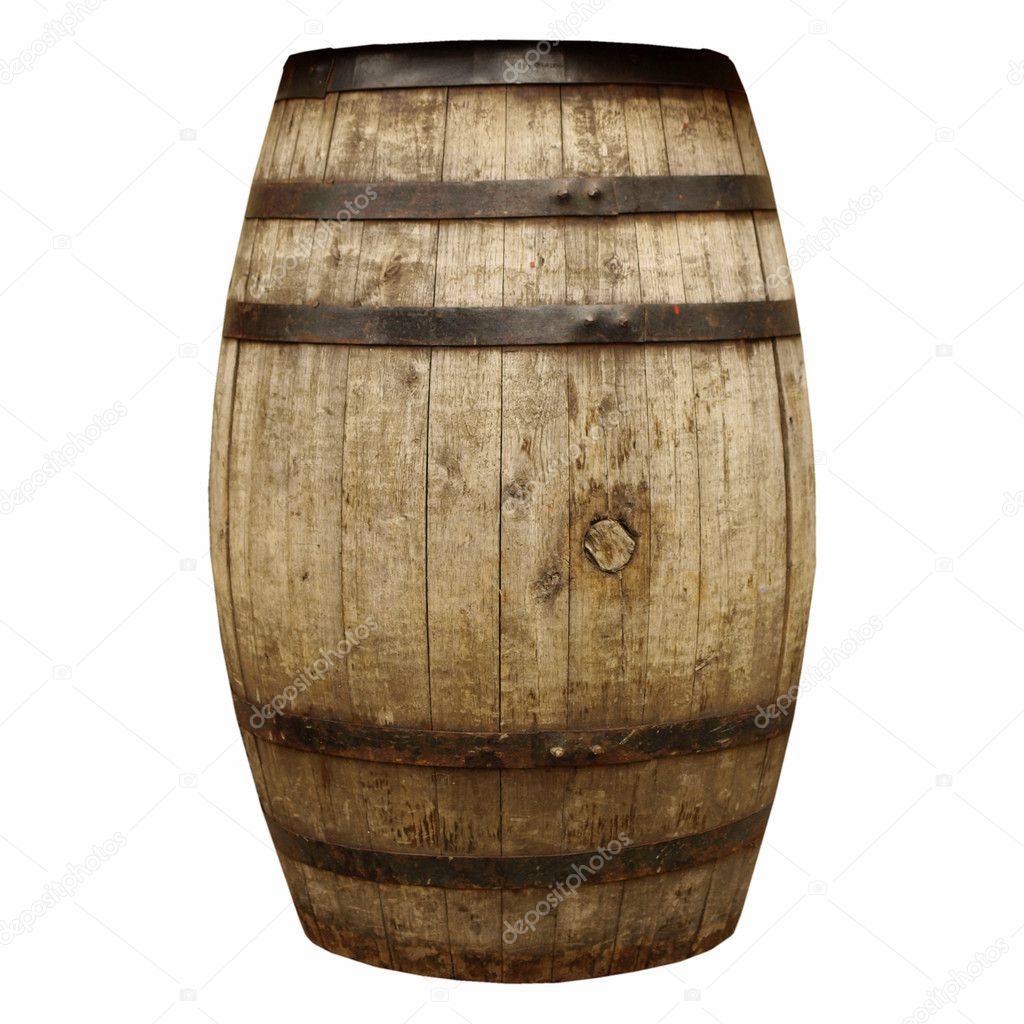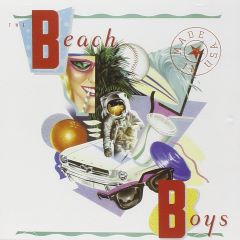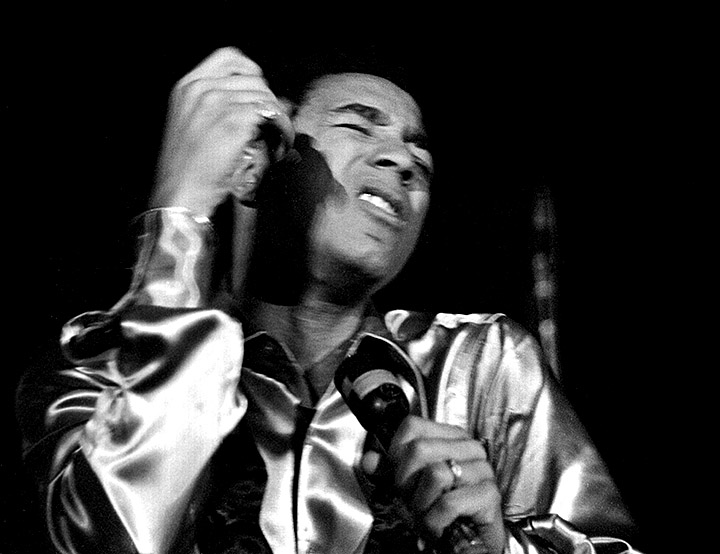(This is the first soapbox bonus post. Memories are posted each Sunday)
Picture this. A boulevard six lanes wide plus turning lanes,
guarded on both sides by majestic royal palms. Behind those palms, you’d find furniture
stores, strip malls, restaurants, nautical shops, golf stores, a shopper’s
paradise, busy busy busy.
Brittney is driving daddy’s Tahoe with best friend Miranda
sunk into the plush leather on the passenger side. Miranda has her own and
Brittney’s cell, at the same time texting LeMario and Barwin, of course, plus
various other friends. It’s prom time. Brittney pulls into the left lane to
pass an old batmobile, the caped crusader now silver haired and long retired.
Suddenly, Miranda is like, “oh my gawd, Sophia’s dress is
like the same green as yours.” And Brittney is like, “oh gawd.” And then she
notices that they are almost going to miss the entrance to the salon for their
mani-pedis. Brittany swerves the Tahoe right and thwack, she sideswipes the
motorcycle that had zipped around the batmobile was about to weave past the
Tahoe on the inside lane. The biker, in sleeveless T breaks his neck against
the trunk of a palm tree and leaves a smear of blood across the decorative
paving stones, his body coming to rest awkwardly contorted against a line of
tourist brochure boxes.
Something just like this happens every day in Florida. It
would appear to me that a person has to fail some kind of I.Q. test before they
are issued a licence to operate a motorcycle in this State.
The Tampa Bay newspaper reported in September 2013 that
hundreds of people had already been killed that year while riding motorcycles in
Florida. In fact, bikers are 60 percent of Florida highway fatalities even
though motorcycles are only 16 percent of the vehicles.
The chances of dying in a motorcycle accident are cut in
half by wearing a helmet. However, Florida statistics are unaffected by that
because nobody wears one.
You’d think that a cotton head scarf emblazed with the
American flag, or the Confederate flag, a vision of the Blessed Virgin, or a
fire-breathing skull over an iron cross, or some combination of those, would
indeed provide supernatural protection, but alas…
Some people seem to believe that the more annoying the sound
of the vehicle, the less likely that vehicle will be in a collision. These
people think that the road is made safer by replacing mufflers with straight
pipes, which make your $15,000 vehicle sound like dueling lawnmowers with dirty
gas, but alas again…
What astonishes me is how motorcycle drivers seem to think
other drivers can see them. They pass on the right, often weaving back and
forth from lane to lane. Sometimes with partners on the back, sometimes with
their kid.
I stay alert to the traffic around me, but sometimes
motorcycles whiz by before I know they are there, and then they disappear by
weaving around the traffic ahead.
Bikers often say drivers of cars and trucks need to watch
for motorcycles. Hello – drivers in cars and trucks are in a concealed and padded
steal box on four wheels; you are on two wheels with nothing around you. Who
needs to be watching out for whom?
 Especially in Florida -- where every block has a tiny old
guy who can hardly peer over the dashboard of his luxury cruiser. The truth be
told, a FedEx van could hide in the blind spot of these batmobiles. Also
heading to or from the beach are the local kids and spring breakers under the
influence of no end of distractions.
Especially in Florida -- where every block has a tiny old
guy who can hardly peer over the dashboard of his luxury cruiser. The truth be
told, a FedEx van could hide in the blind spot of these batmobiles. Also
heading to or from the beach are the local kids and spring breakers under the
influence of no end of distractions.In the summer of 1965, when we moved to the suburbs, I told my parents that I wanted to buy a little Honda motorcycle so I could get downtown to see my old friends. My Dad said motorcycles are too dangerous, how about an MGB? Dad was no dummy.
When I think of stupid things I did in my late teens and wonder if I would have done stupid things on a motorcycle, I don’t have to wonder long. Sure I would’ve. But -- and this is my point -- then I grew up.


